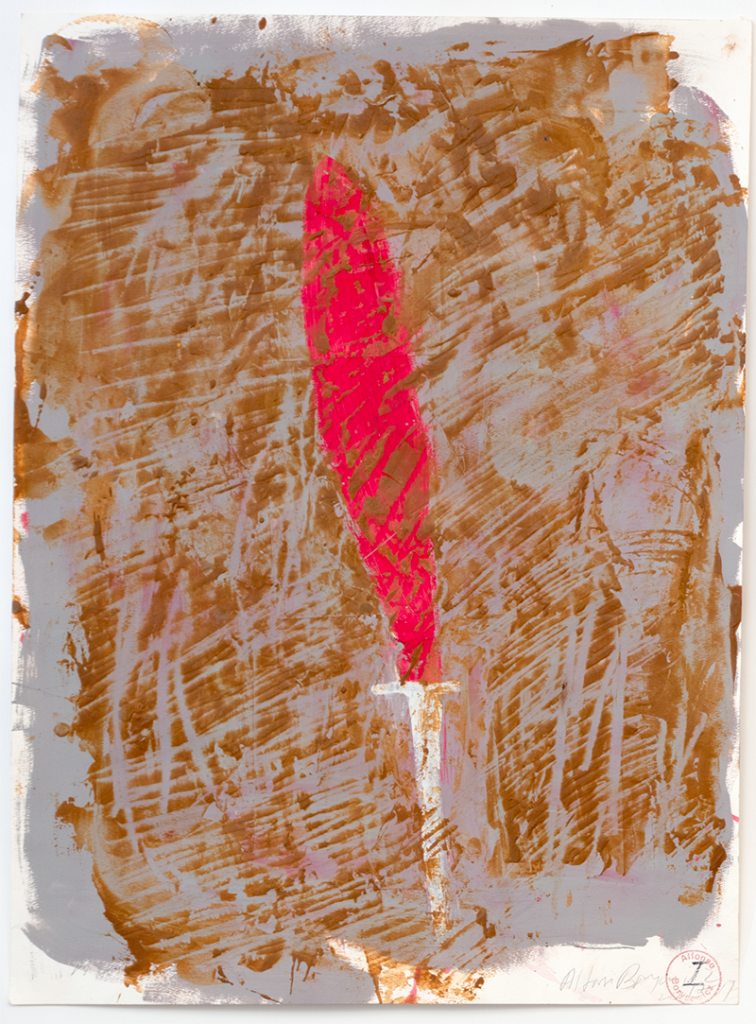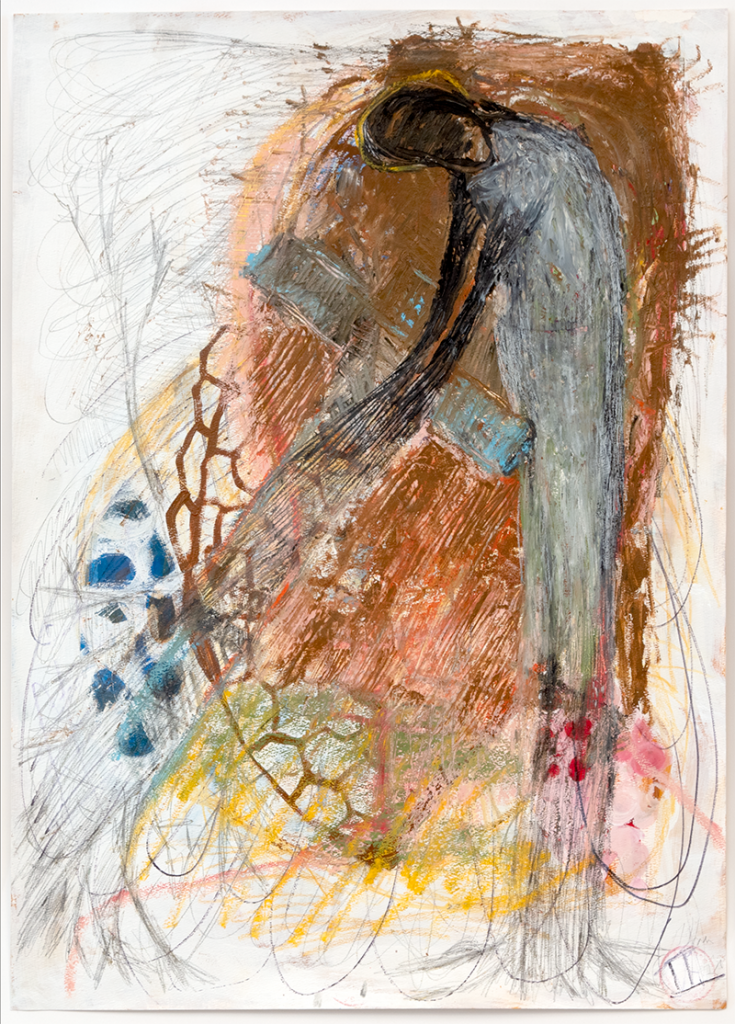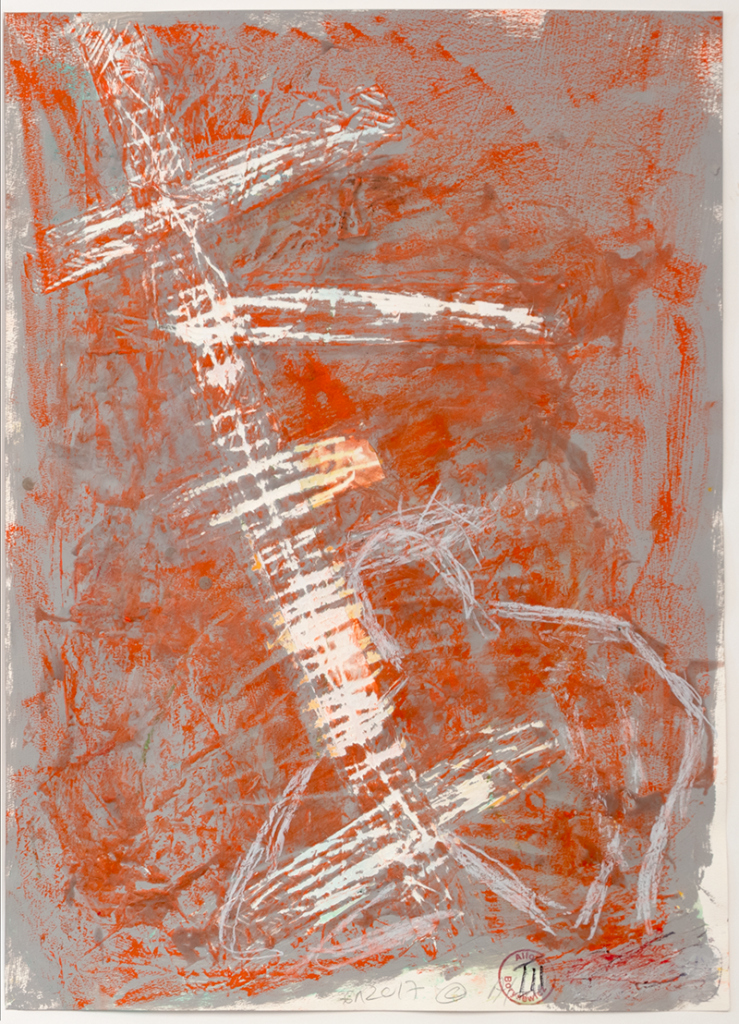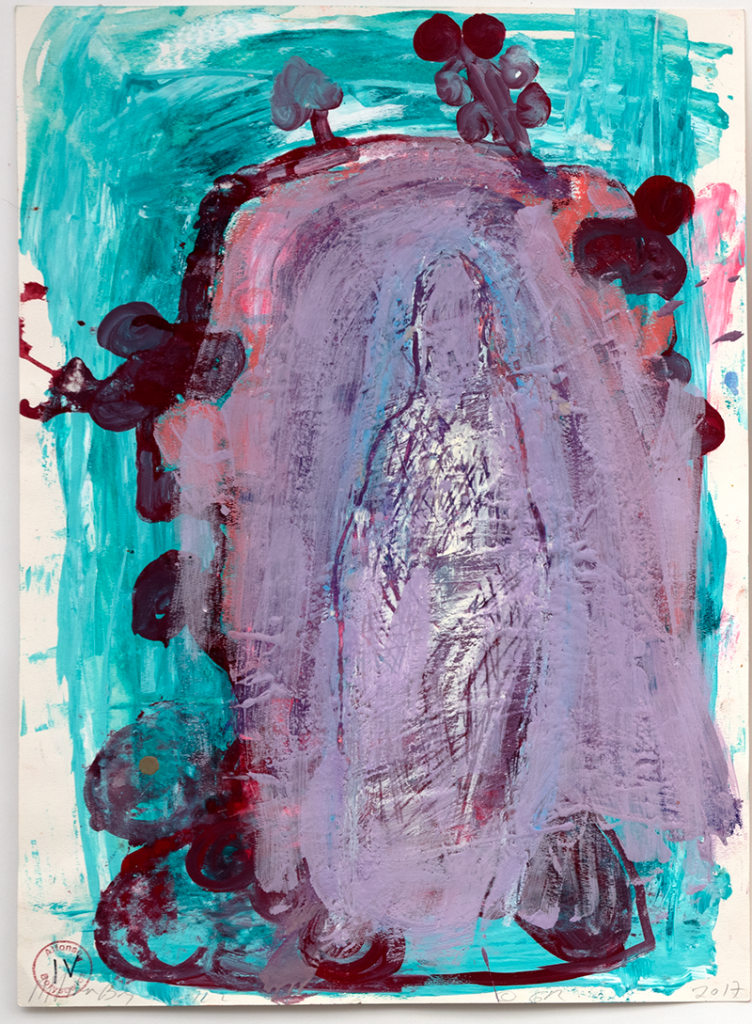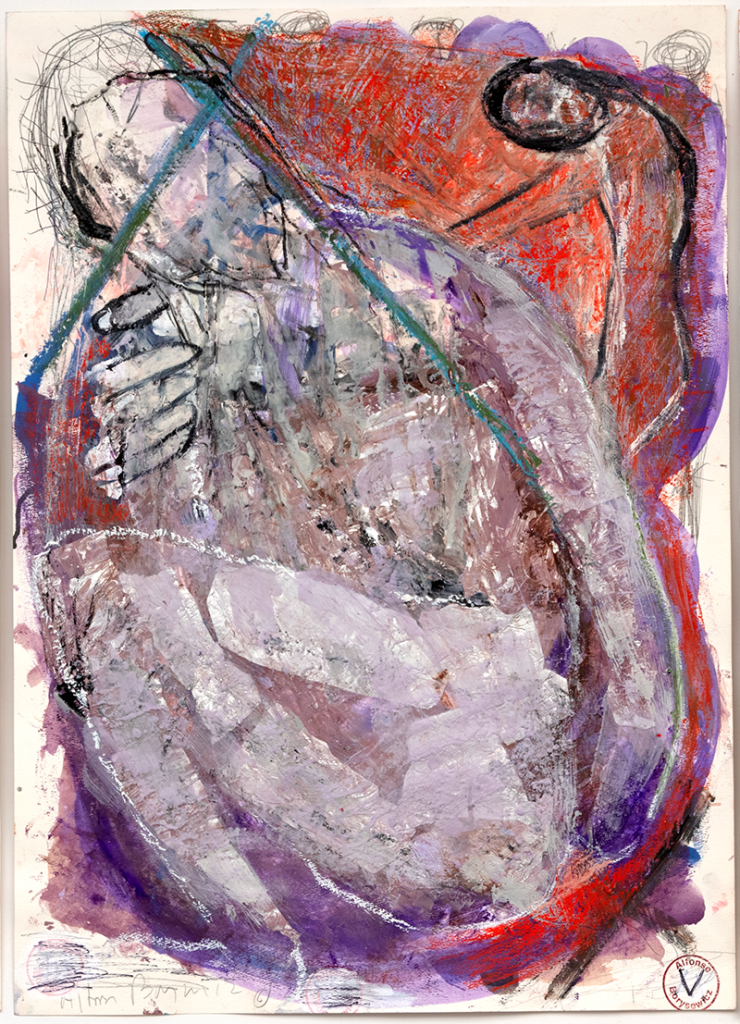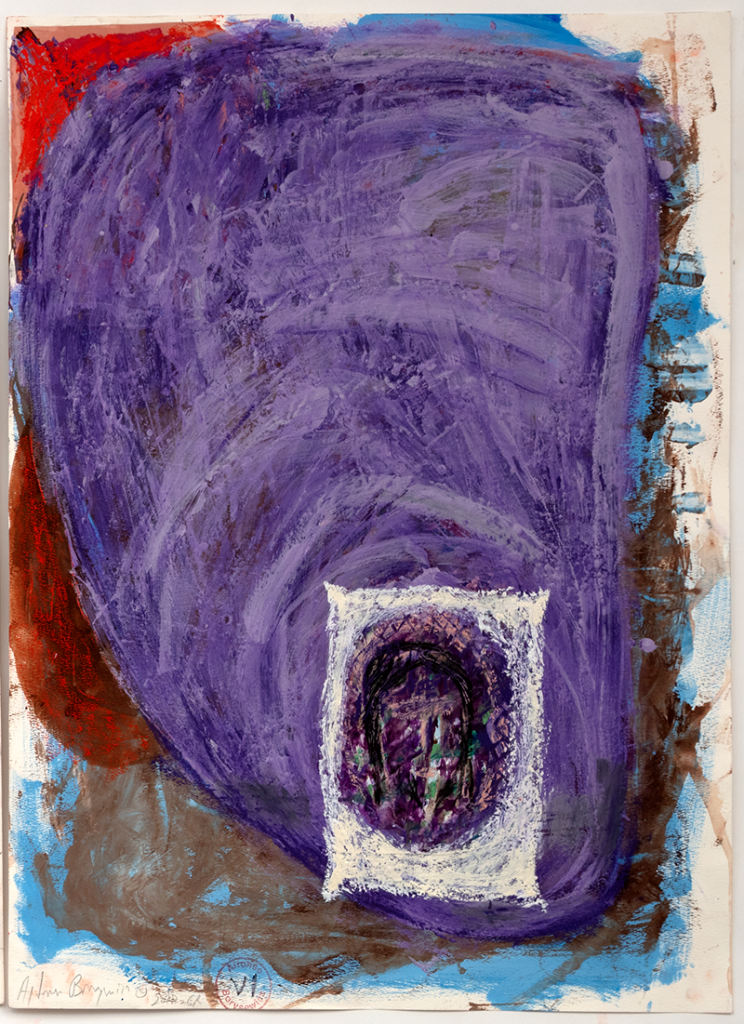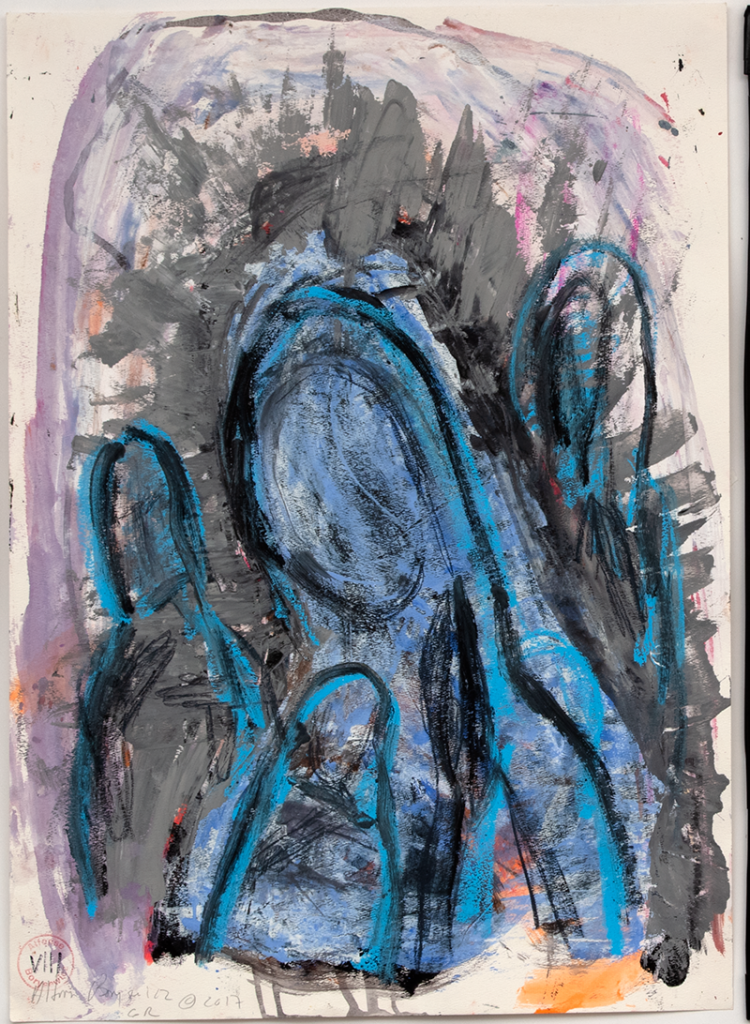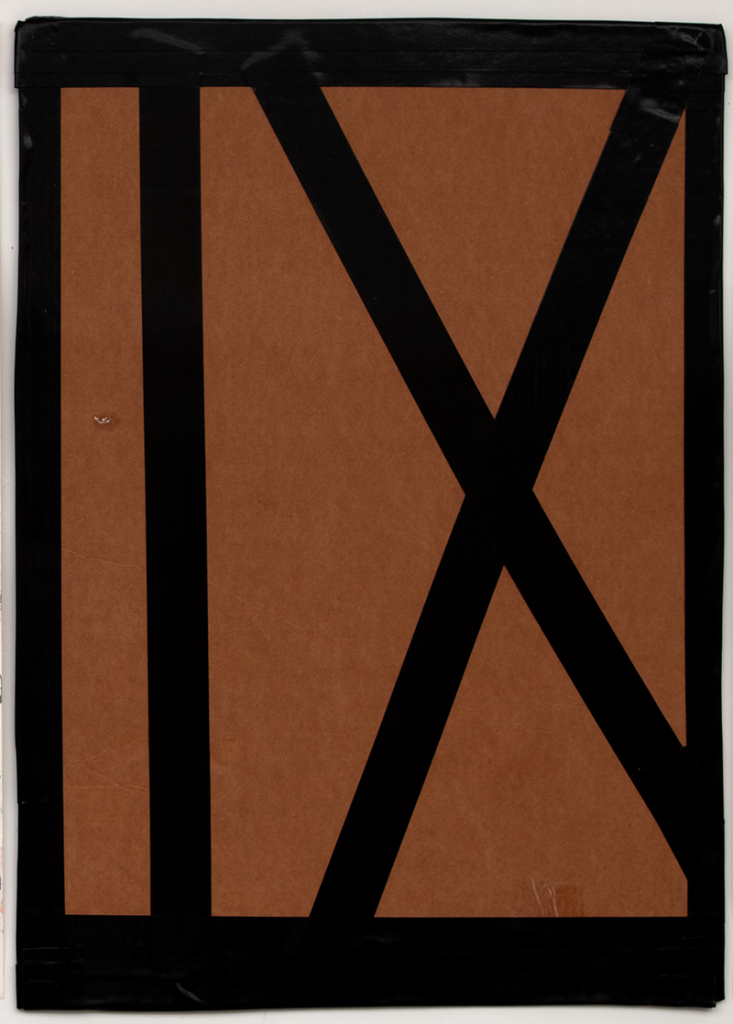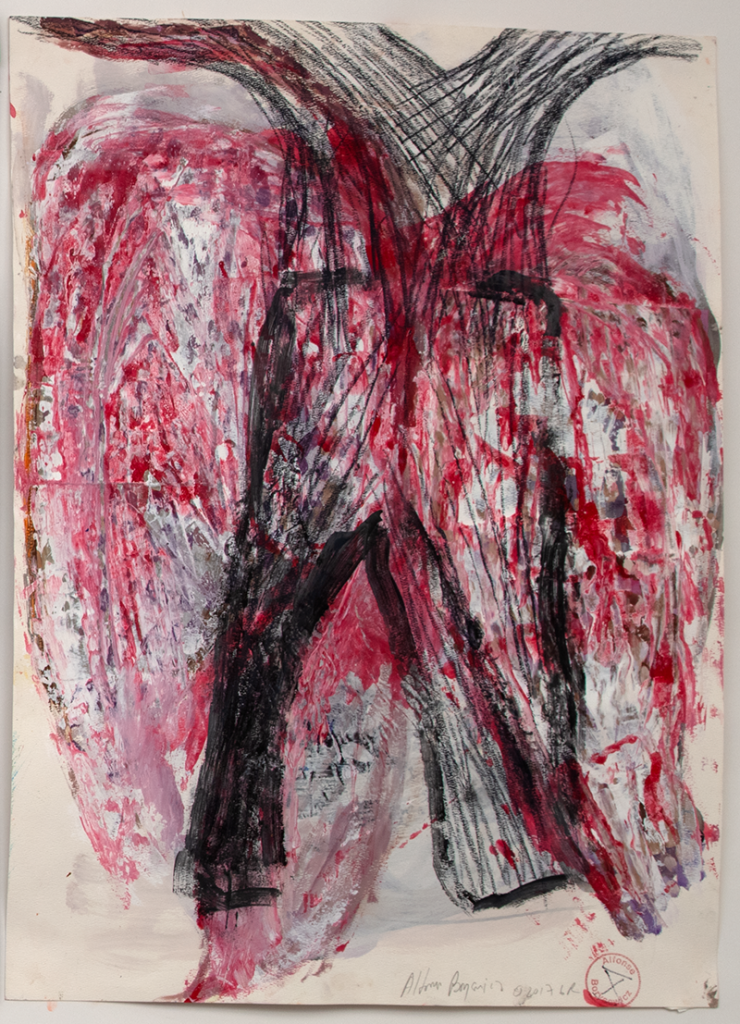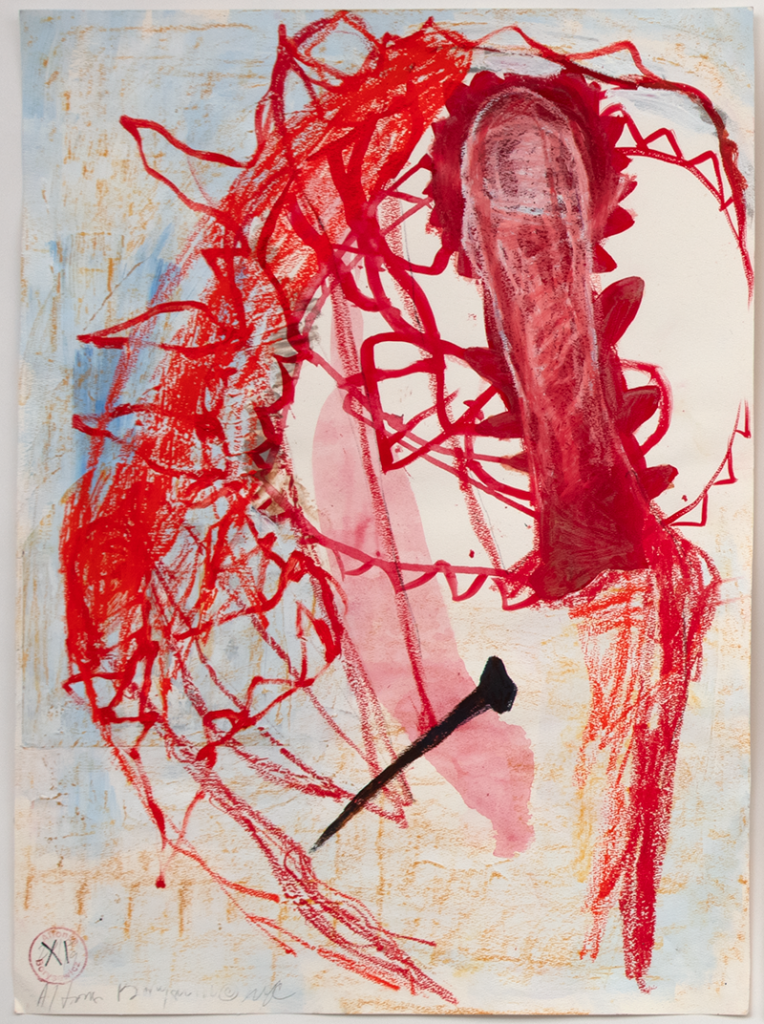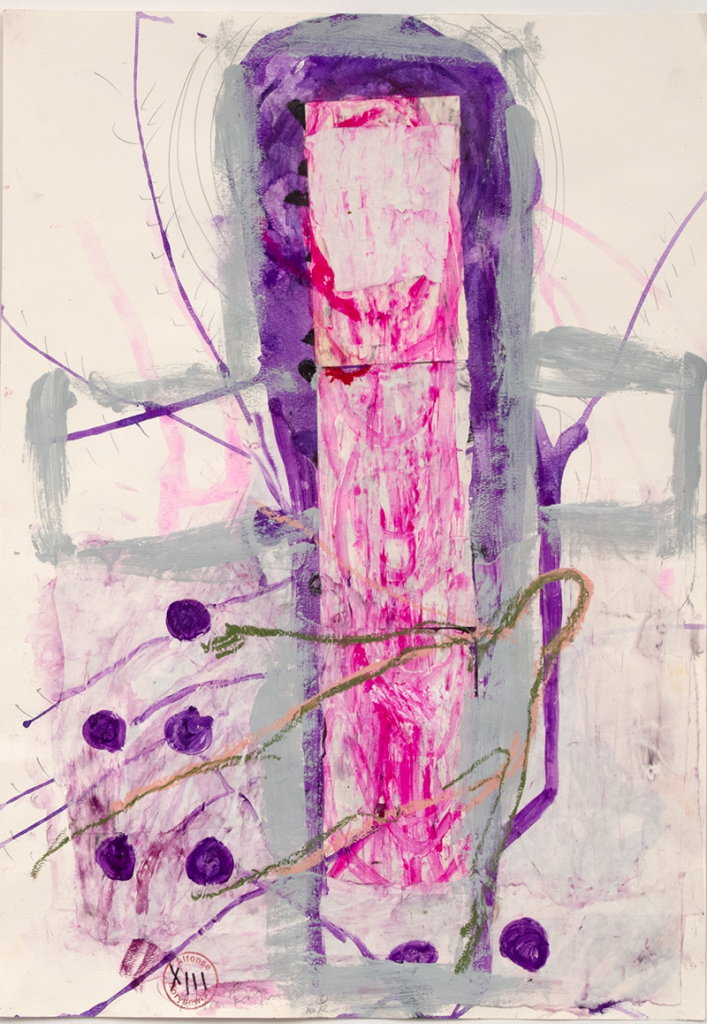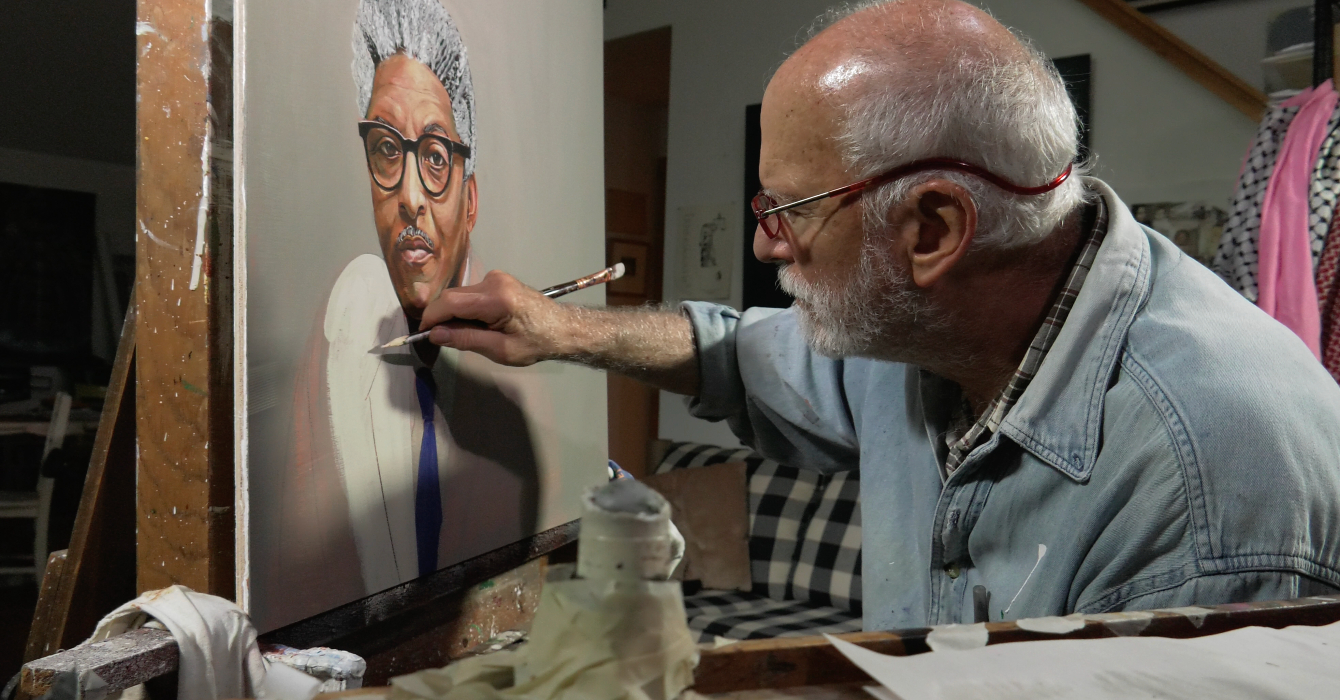As an artist, Alfonse Borysewicz has garnered the attention of staple publications like Art in America, and pages of press from Christian outlets like Image journal and National Catholic Reporter, but churches are still reluctant to use his paintings.
They and other Christian institutions show interest in his work -- read about it, write about it -- but seldom acquire it.
“We’re afraid of images,” he says.
Throughout his career, Borysewicz has lived in the suspicion-fraught gap between modern art and religious institutions.
The gap has led to bad Christology, Borysewicz says, and will only be repaired by mending our relationship with images.
 The former Guggenheim fellow spoke with Faith & Leadership’s Chris Karnadi in March when his “Stations of the Cross” hung in the Church of St. Paul the Apostle in New York City. He spoke on the relationship between his faith and art and why Christians might be suspicious of modern art. The following is an edited transcript.
The former Guggenheim fellow spoke with Faith & Leadership’s Chris Karnadi in March when his “Stations of the Cross” hung in the Church of St. Paul the Apostle in New York City. He spoke on the relationship between his faith and art and why Christians might be suspicious of modern art. The following is an edited transcript.
Alfonse Borysewicz: I was born and raised a Roman Catholic in Detroit, and then I moved to Boston and New York. My wife is Japanese, a Shinto-Buddhist. I lived in Japan for a while. I guess I’m both orthodox and very progressive on different issues.
I went to seminary, I almost became a priest, and then I went to art school. Honestly, I don’t feel like I ever left the seminary or my vocation; I just continued it a different way. I was in seminary during the last chapter of that sort of Vatican II progressive Catholicism.
The seminary I went to was coed. There were women there studying to be priests; laypeople were also involved. But right after I left, they closed it down, and then a much more traditional, conservative Catholicism replaced it. I think my training is both hope and tension between contemporary modernism and orthodox tradition. That’s the ground I stand on.
F&L: What kinds of images and symbols grip you most from Christianity?
AB: One of the strongest marks I have on my work is sort of a hexagon, honeycomb, beehive thing. That’s both Christian and non-Christian at the same time, but it becomes a sort of metaphor of community, of work, of something left behind.
And Madonna images. I actually have very few Christ images.
F&L: Can you talk about your “Stations of the Cross”?
AB: Well, in 2017, the Issachar Fund had me out in Grand Rapids to do a mini sabbatical, and so I made all these works on paper, and there were 14 works that were complete failures, and so I never did anything with them. I put them aside, and I focused on the other ones.
But two years later, those 14 pieces of paper became the stations. I wasn’t trying to do a Stations of the Cross, but a few of them started having this allusion to the stations, and then I began to follow through with that.
So over a four-week period, these 14 throwaways became my favorite ones and became the “Stations of the Cross.” Then I framed them as soon as I could so I wouldn’t touch them again. I have a bad habit of reworking things too much.
And then I happened to have a conversation with a priest at the Church of St. Paul the Apostle, and I told him that I had some stations and offered them to him to use during Lent. It’s a nice contrast. They hang over the more traditional stations.
Borysewicz's "Stations of the Cross"
F&L: Do you think your time in seminary influenced your art?
AB: In a roundabout way, it did. After I left the seminary, I went to art school in Boston and two things happened. One, people kept saying my work was very spiritual, and so I guess, yes -- it was not the seminary, but my years of being raised a Catholic were still there. And the second thing was I saw a lot of my fellow artists using religious imagery, which I thought was quite provoking and interesting, and then when I would talk to them about it, they had no idea what [the images] were about.
I realized I had this sort of quasi authority about some of the meanings and uses of these symbols, and so eventually what happened is I embraced them. I sort of committed myself to fleshing these religious issues out. That all happened during the AIDS crisis of the ’80s and ’90s, where a lot of artists were protesting some of the bigotry coming out of certain pastors’ mouths about homosexuality and AIDS and all that.
So I guess in my own small way, I wanted to offer some images of consolation and caring in that religious continuum. But it was a very bad career move, because people don’t really care about religion.
F&L: Why are some Christians suspicious of modern art?
AB: I came from the working class in Catholic Detroit and I went to the seminary, so maybe I was the one who was sheltered, but when I came up in the art world, I was so stunned at the juvenile attitude people had about faith traditions.
And at the same time, on the flip side of that, my experience working with churches is they had a very juvenile idea of what painting and the art world are.
They were just so openly consumed with their pious, sort of kitschy religious imagery. Anything that contemporary art touched they were so suspicious of. That’s the culture war.
There is a lot of fear and also misunderstanding -- some of it understandable. Everyone was pushing each other’s buttons. One example is “Piss Christ.” Andres Serrano, a New York artist, did a series of photographs [of religious objects in bodily fluids] and got some money from the National Endowment of the Arts.
Actually, they’re quite beautiful, but “Piss Christ,” for example, is a crucifix submerged in urine, and whether you like it or not, they were funded by the government. And Jesse Helms, who was a senator from North Carolina, and other conservative Republicans reacted very strongly against that, and then we have the culture wars.
Because of this culture war, there’s this huge void between contemporary art and religion, so I was trying to establish a visual dialogue where my paintings were both traditional and orthodox in some ways, but also very contemporary.
People always criticize me and say, “Can’t you paint like they painted years ago -- those kind of religious images?” And I say, “Yeah, but I don’t live back then. I’m a person of my times.”
For example, I use torn pages from icon books, and some people criticize me for doing that. And then I say, “Do you understand that I found those icon books on the streets when people were throwing them away and I sort of liberated them and I gave them a new breath? I’m trying to make a visual dialogue with that tradition that you love.”
I’m definitely being steadfast in my own vision, even if others don’t understand it.
Right now, for example, I’m sitting in my room here and I have all these paintings hanging, and in the next room, I have some in storage and they have no place to go.
People write about me a lot and do videos about my work, but I’ve had very few churches use my paintings. The majority of the offers have come to nothing. My paintings are real, physical things, but there’s a sort of process in imagination that blocks people from putting them in their churches.
I think the fundamental problem in America right now is our Christology, and what I’m suggesting is that I’m offering my own Christology, but I think it’s a more authentic one.
One pastor, a couple of years ago, told me, “Oh, I would love to have one of your paintings in my church, but all we have is a U.S. flag and the Marine Corps flag, and if I brought one of your paintings into my church, they would fire me.”
I think images matter, so I guess my rant is that I want theologians and pastors to lead on this. I feel like I’m doing my part.
I’m so sick of guns or the prosperity gospel. I’m offering the honeycomb and color and icon books that have been reimagined, and I usually do it for free. I’m not making any money off this. Some churches have accepted my art, and others took me in and then asked me to leave. I rub some of them the wrong way.
I think some of it is because they’re so fixated on the reproductions of the past. To have actually fresh art made anew is really scary to some people.


